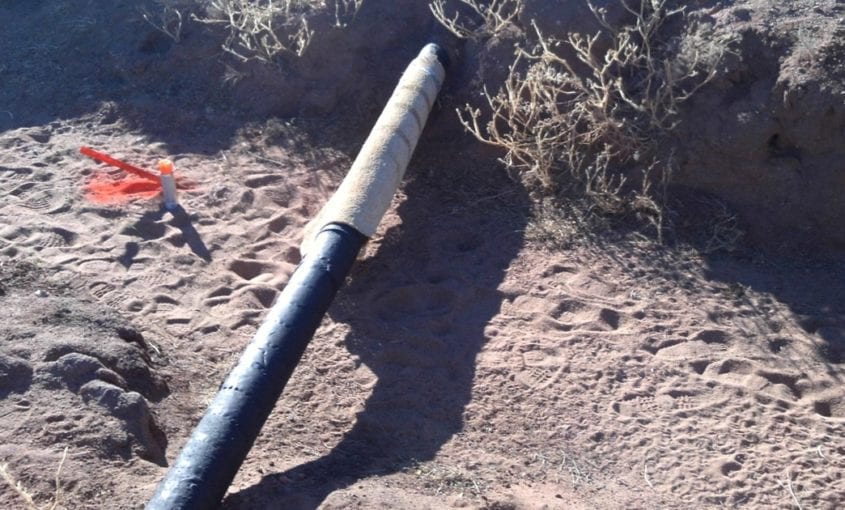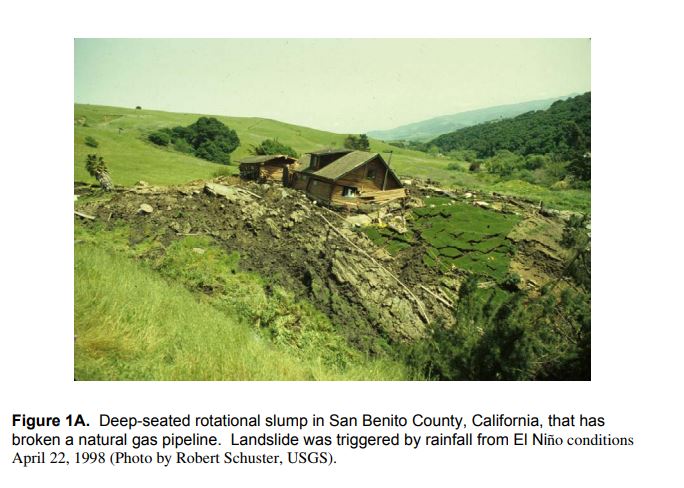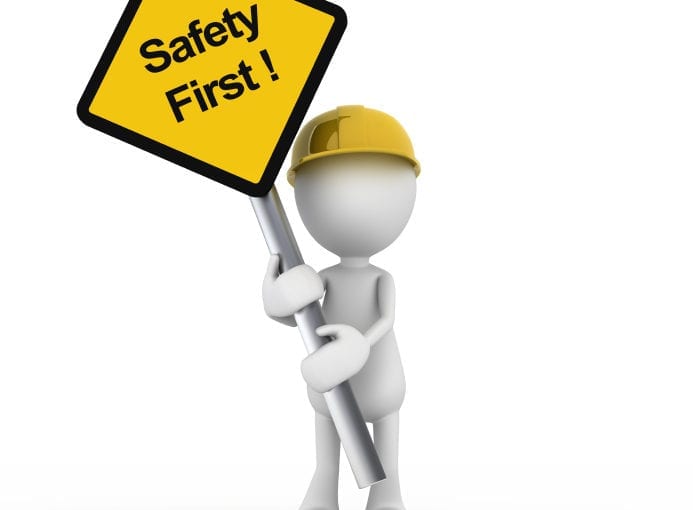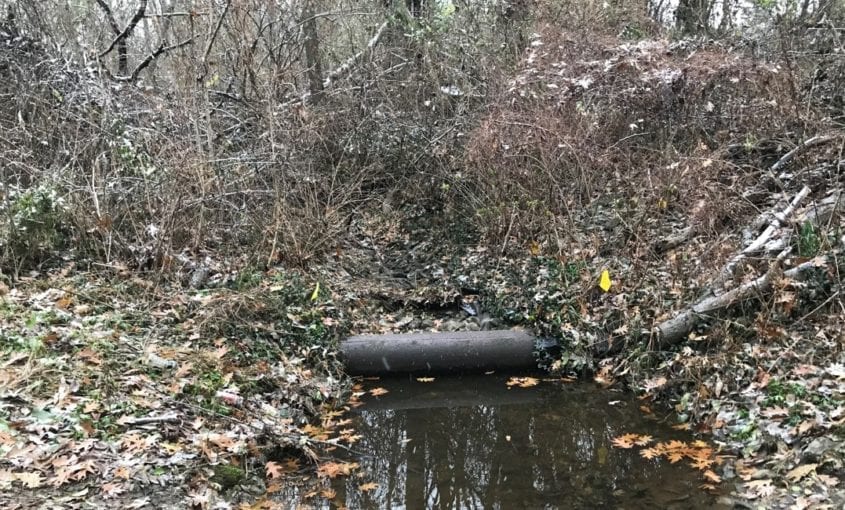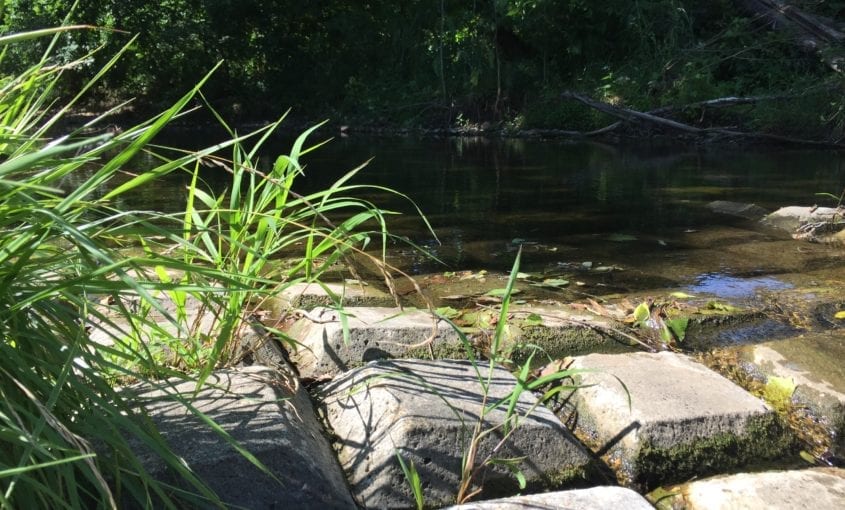The Dangers of Exposed Pipelines and How to Prevent Them
The U.S. has over 2.5 million miles of pipelines crisscrossing the country. As existing lines grow older, critics warn that the risk of accidents could increase. Many pipelines transport petroleum products and natural gas. Some pipelines transport other hazardous products such as chemicals, highly volatile liquids, anhydrous ammonia, and carbon dioxide. Exposure to these products
Read More...

